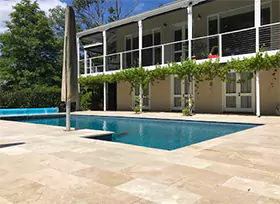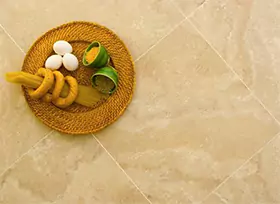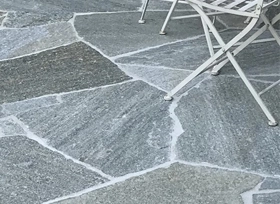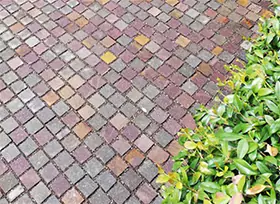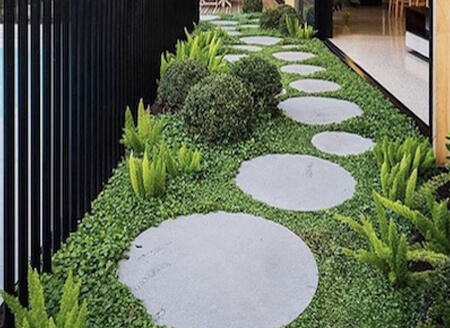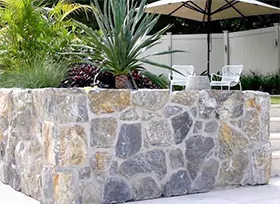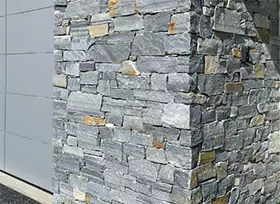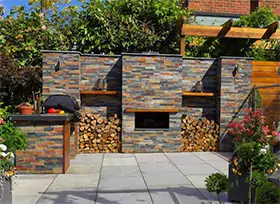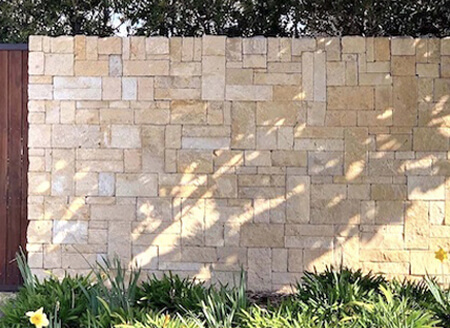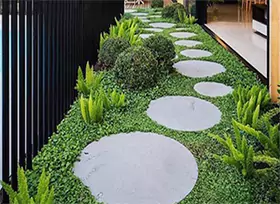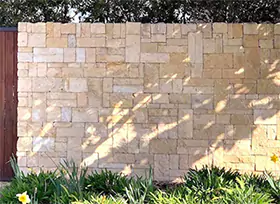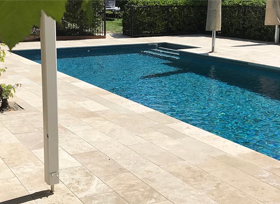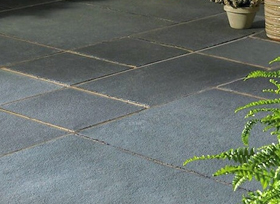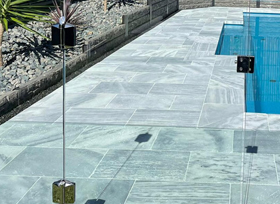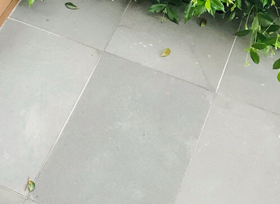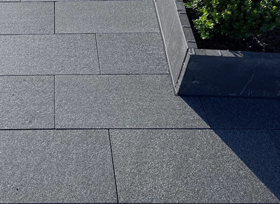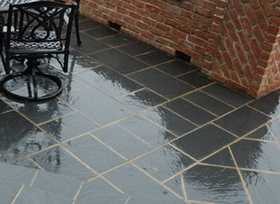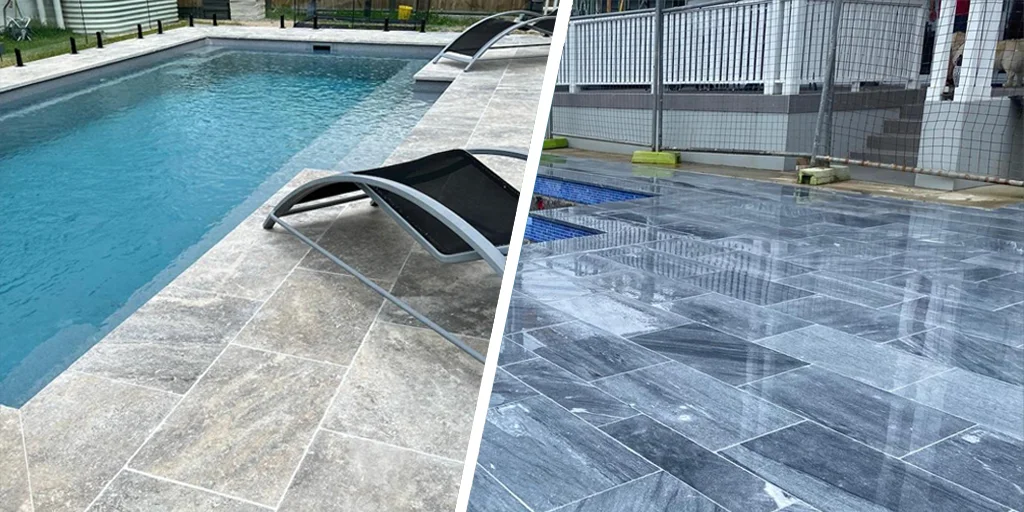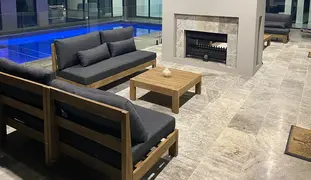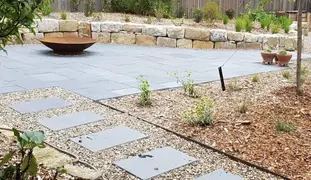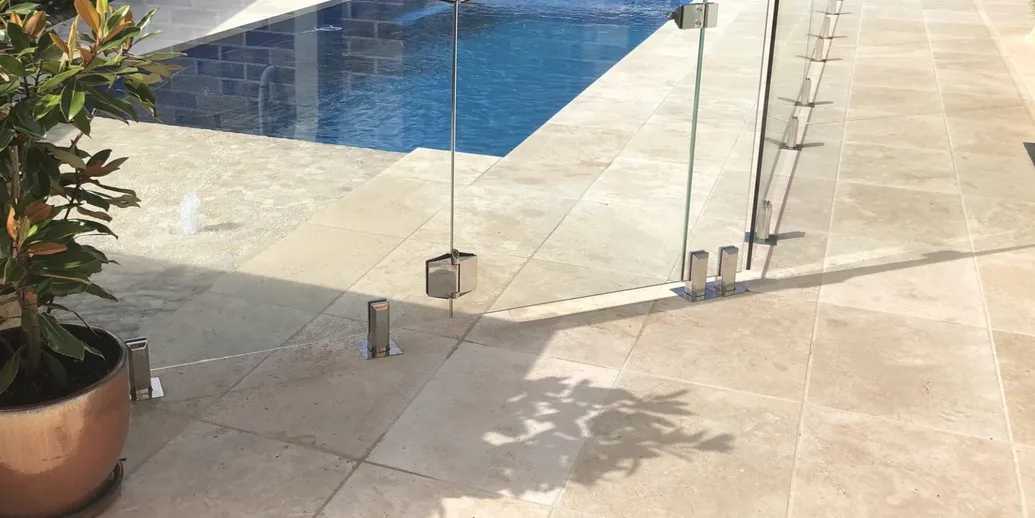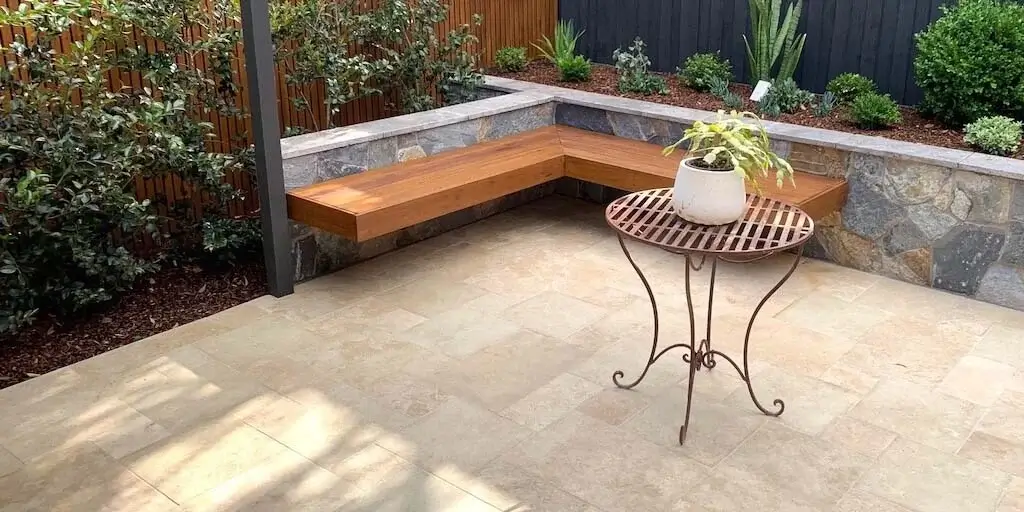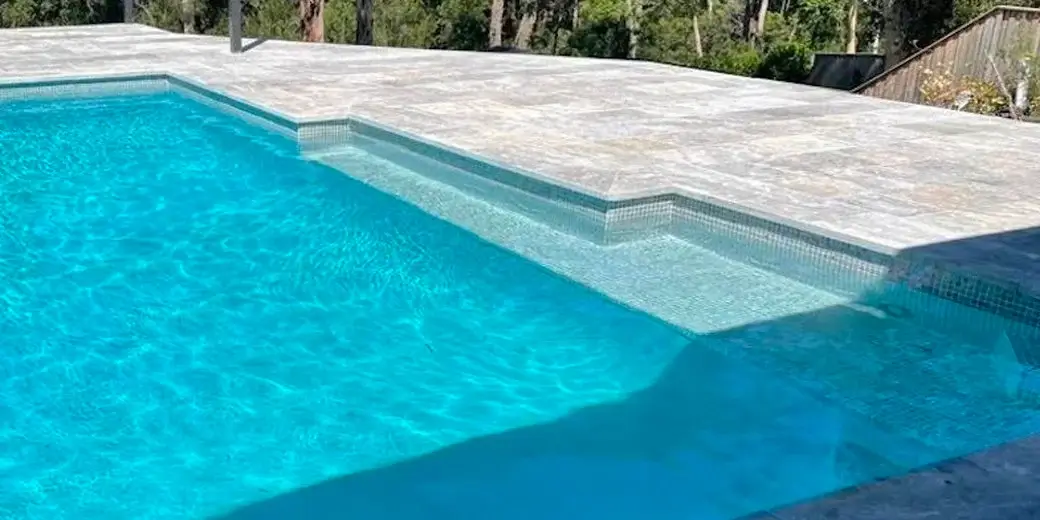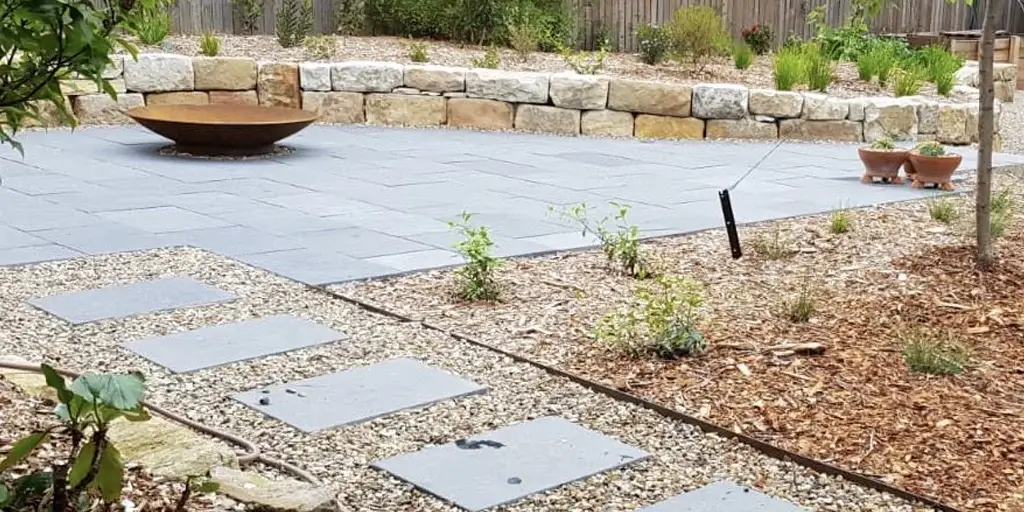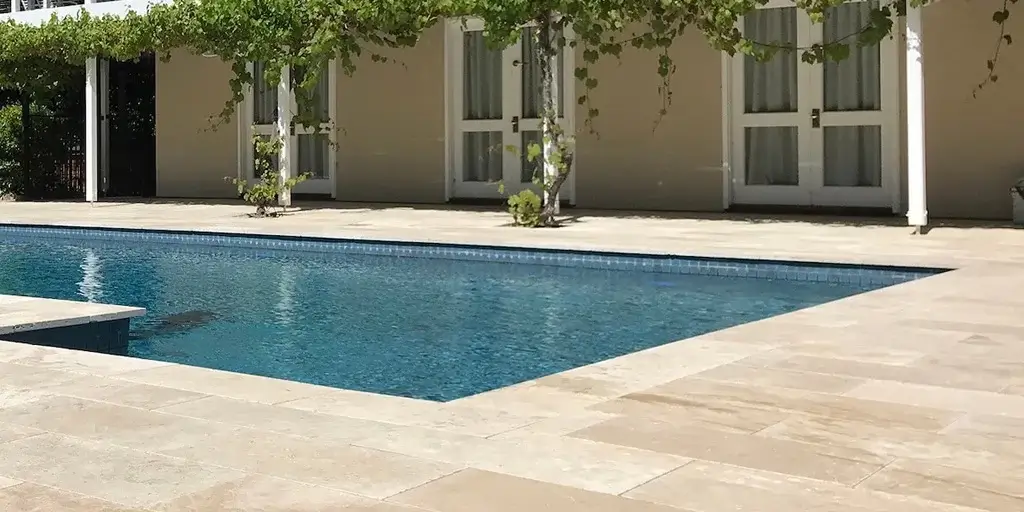The soft hues of Marble and Travertine tend to confuse a lot of people. Both the stones look elegant, reflect light, and make your space look brighter. A lot of us assume that Travertine is a kind of marble. Though they are a kind of Limestone, they are not the same!
So, Marble is formed when limestone is exposed to high temperature and pressure. Its counterpart Travertine also comes from limestone rocks found around freshwater hot springs and caves that are formed under extreme heat and pressure. When gases and hot water eject from the stone, it results in the formation of tiny pores. That's how Travertine gets little holes on its surface, giving it a natural earthy appearance.
Here are the basic points of difference between Marble and Travertine.
Appearance
Travertine pavers and tiles have visible pores with a more natural and textured look. But after sealing and filling the pores, it looks smooth and even. Travertine stone usually has warm shades, from cream and beige to soft grey and silver-blue. No two Travertine tiles look the same. The pattern and colour variation keep them from looking uniform.
On the other hand, Marble is often a single, solid colour with veins of contrasting colours running through it. Mostly, the presence of impurities appears as black or grey streaks on its surface. The stone is available in a variety of colours from gold to blue. Marble has a smooth surface, polished to a more refined finish texture.
The absence of veins like streaks from Travertine helps to differentiate between Travertine and Marble.
Durability
Marble and Travertine, both are hard stones and can withstand physical wearing. Having said that, Travertine is more durable than Marble. The latter is said to have more density and robustness than Travertine and can also be used in commercial projects. Yet Travertine is more durable, especially in countertops. Though at times this depends on where it has been quarried.
Slip resistance
Travertine is naturally porous and has a high friction surface that lends a great anti-slip property. The antique look which comes from its roughness, makes Travertine tiles and pavers appropriate for use in pool surrounds and wet places. Few people choose to use Unfilled Travertine for its raw appearance. (Yet we recommend you to seal the stone to add to its longevity and protect it from staining). Marble is generally polished and lacks slip resistance. In many cases, its surface is sanded to create slip resistance after which it is perfect for use in shower places or bathroom floors.
Maintenance
Travertine is quite soft and hence vulnerable to staining, scratching, acidic cleaners, and abrasion. Therefore, Travertine pavers and tiles need special care. Even after sealing the stone, debris or dust can substantially harm it. Hence, you should sweep or clean Travertine frequently. In spite of the above, Travertine's maintenance is simple. You should only keep acidic cleaners away and use a dry mop to clean it. Place rugs or mats on the floor to avoid getting the surface scratched. It is advisable to seal Travertine at least twice a year.
Marble too tends to get corroded by acid substances or water and is not recommended for polluted areas. It is equally vulnerable to acidic solutions and stains. So, the light colour calls for immediate cleaning of stains. However, being the harder one with less porosity, it doesn't need sealing as frequently as Travertine.
The upkeep of stones is a major factor for several people while choosing them for their projects. Above all, the more needy or fragile the stone is, the lesser it is preferred. Keeping the above factors in mind, the maintenance requirements for both stones are somewhat similar.
Usage
The usage of stones depends on the above-mentioned functionalities. Marble is a preferred stone for bathrooms walls, indoor floors, patio, and kitchen countertops because of its neat, luxurious look and ability to stand daily wear & tear.
Because of its natural anti-slip surface, Travertine is installed as pool pavers, pool copings, walkways, and other outdoor applications. The one in honed finish is used on indoor floor as it feels soft underfoot and creates a warm ambiance.
Marble is a preferred stone for both commercial and residential projects whereas Travertine is mostly preferred for residential projects.
Cost
You would agree that processing, polishing, transporting, and installing the stones influences their cost. Both the stones can get difficult to install because of their thickness. More challenging the installation, the more expensive it gets.
Natural marble is the most expensive of all. However, natural Travertine costs more than cultured marble and cultured Travertine. The cost depends on the quality of the stones and their availability.
Summing up
It wouldn't be wrong to say that the characteristics and needs of Travertine and Marble are somewhat similar. Not only their looks, but maintenance and durability too are quite alike. Both the stones add elegance and a luxurious charm to your floors, walls, and other outdoor spaces.
If cost is a concern and you want to bring a rustic charm to your space, Travertine is your best bet. However, if you like a luxurious look with contrasting veins and more durability, go for Marble. No matter what you choose, regular maintenance and a little care would preserve both the stones for long. In case you want to discuss your project with us, write to us at [email protected] or chat with our sales team at 1300 830 274.
*Disclaimer: All information and advice given above in the blog are to the best of our knowledge. Please reconfirm at your end before execution.



